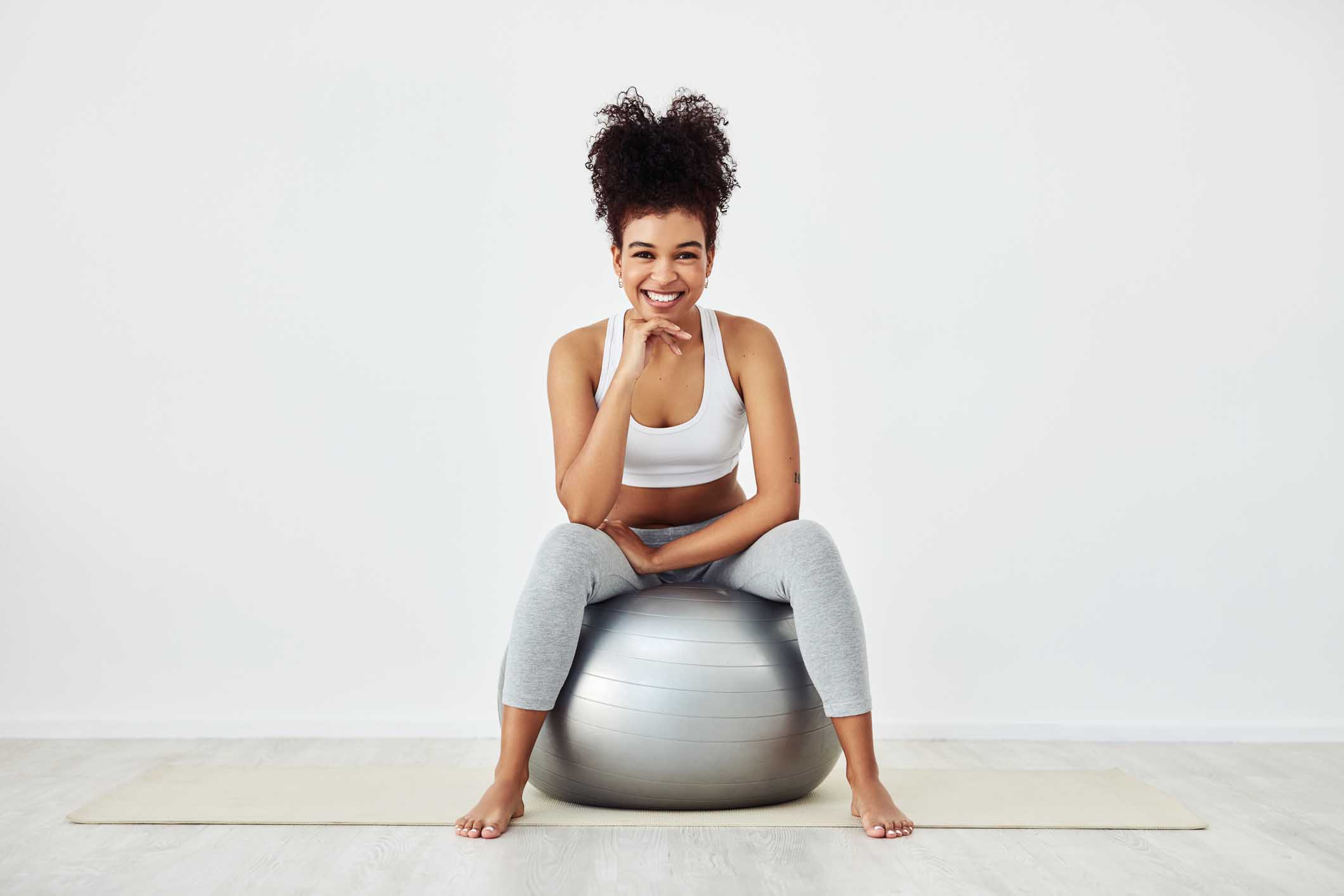Osteopenia Bone Health: Tips & Facts
Osteopenia Bone Health: Tips & Facts
When I read in the Journal of Strength and Conditioning that power and agility-oriented moves such as depth jumps, jump squats, and back squats increases bone density mass greater than walking and jogging, I thought the one disease I would never have to worried about was osteoporosis. Plus, this disease is only supposed to impact women who are 50 and older, menopausal, and ignore exercise and proper nutrition.
You can image my surprise when, at 35, I found I have osteopenia: a condition in which bone mineral density is lower than normal, but not low enough to be considered osteoporosis. Still, it puts me at a higher risk to suffer from osteoporosis later in life.
How could this happen to me?
I run eight to 10 miles, five times a week. I do mixed martial arts, lift heavy weights, play tennis, and dance. I've been working out regularly since I was 17. When I was a kid, I couldn't get up from the table without drinking my milk and have maintained a dairy and calcium-rich. I also eat salmon and get enough sun exposure to get the necessary vitamin D.
What did I do wrong?
I've done a lot to help prevent the around 1 percent of bone density loss that occurs to most women every year after age 30. But it turns out that the main culprit of my bone loss was something I never considered: estrogen. My estrogen problem began because I was eating too little fat and too little calories, which didn't provide the necessary nutrients for my workouts and activities. Fat helps in estrogen production. And if you don't have enough estrogen to help calcium get transported to the bones, you simply lose more of the mineral and don't replenish it at the same rate. It's a domino effect. So even though I was living a "healthy" lifestyle, I was not maintaining good bone health.
What can you do?
Besides getting your hormones levels checked out by your doctor (and asking about possible hormone treatments, if needed), take these simple steps to ensure your bones stay strong and healthy. Remember, just like I found out, it takes a complete team effort to keep away osteoporosis.
Exercise: Lift weights and jump! Muscles contract by pulling the tendons, which are attached to the bones, which inevitable makes them stronger. Also, beware that high impact exercise, such as running will help you to prevent hip bone-loss mass, but the impact will not be sufficient to fully benefit the spine. Make sure to include back squats and shoulder presses into your routine to help stress the muscles, bones, and soft tissue of the spine. An exercise program should include eight different multi-joint exercises, performed two to three times a week leaving one day in between for recovery.
Don't mix it up: Calcium and vitamin C can interfere with prescription medications. Also, calcium requires stomach acid in order to be optimally absorbed, so you may have problems if you take drugs for heartburn, acid reflux, and/or depression.
Supplement savvy: calcium, magnesium, and vitamins C, K and D are bone nutrients. However, before popping in these supplements, keep in mind these tips:
- Any doses over 500 mg of calcium taken at once, the body won't process it.
- When taking calcium, do not take it with other minerals since it will overpower other minerals in terms of absorption.
- Drink plenty of water when taking calcium to avoid any constipation side effect.
- Excess of vitamin C e.g. over 1,000 mg can lead to an increased risk for kidney stones. So does excess calcium.
Be natural: The more you can get your minerals and vitamins in wholesome natural food the better. Taking calcium alone won't do the trick. When you combine it with other nutrients like magnesium, vitamin K, C and D, among others, is when your body can be fully nourished. For instance, 1 cup of non-fat yogurt provide 450 mg calcium, but mix in some nuts, prunes, and strawberries for healthy doses of magnesium and vitamin K and C.
Eat prunes: Prunes are a rich source of boron with approximately 3-4mg of this mineral for every 3 ounces serving of prunes. Half of the population in United States consumes less than 1mg of Boron per day. And supplementing with 3mg/ day of this mineral has been shown to improve calcium and magnesium retention.
A cup of tea: The polyphenols content in tea have been shown to prevent bone from breakdown.
Watch out for high fat protein foods: Too much fat protein intake, such as red meat, can alter your blood PH levels. This increases acid levels, which is linked to bone loss. Add to your diet more low acid foods, such as beans, cucumbers, potatoes, milk, and poultry.
Recommended Products
Absorbency Level
Absorbency Level













